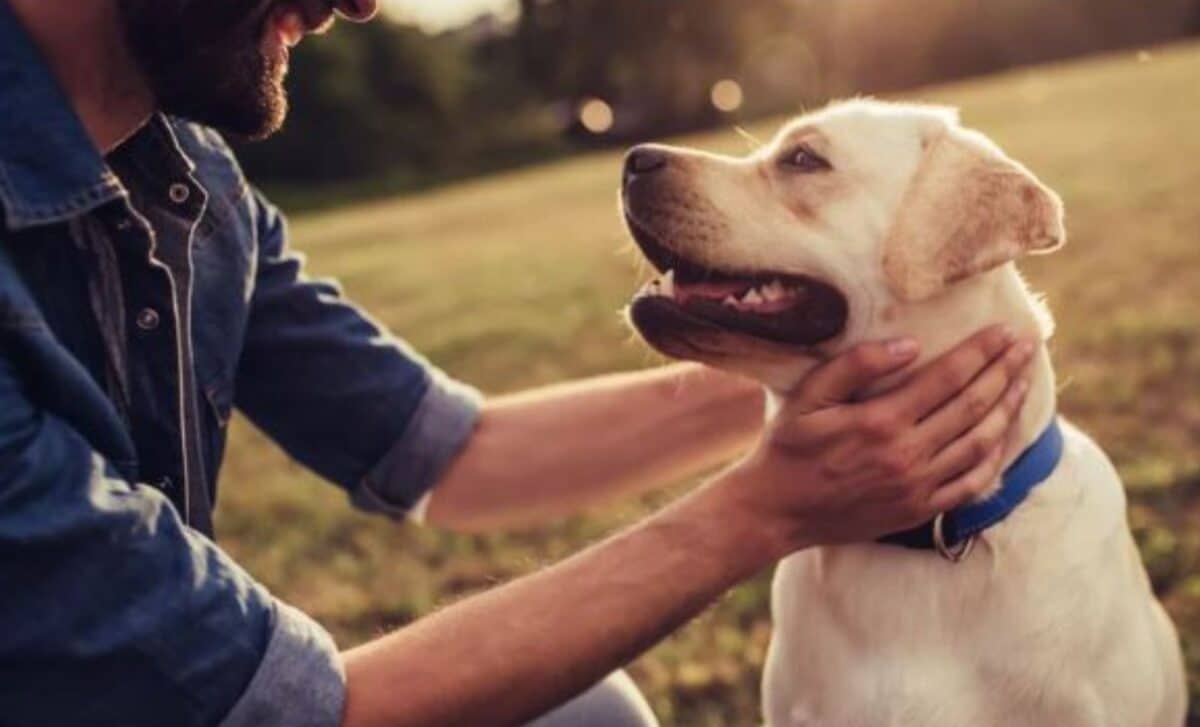Scientists believe that dogs may be undergoing a third wave of domestication, driven by humans’ desire for calm, friendly pets suited to modern, urban lifestyles. This shift is influencing dogs’ behavior and biology, with service dogs representing the forefront of this evolution. Researchers have identified a stronger sensitivity to oxytocin, the “love hormone,” in some dogs, making them better companions as humans increasingly prioritize emotional support over traditional working roles.
Scientists Reveal Dogs Are Entering a New Phase of Evolution

According to recent scientific findings, dogs could be undergoing a third wave of domestication, driven by the changing roles they play in human lives.
Unlike previous domestication phases that emphasized dogs’ abilities to hunt, herd, or guard, today’s pet owners seek companions that are friendly, calm, and well-suited to a more sedentary, urban lifestyle. This shift in human needs may be influencing the biological and behavioral evolution of domestic dogs.
Changing Roles and Evolving Behavior
Historically, dogs were working animals, essential for tasks like herding livestock, hunting, and protecting property. As human societies became more settled and urbanized, the role of dogs shifted dramatically. Today, many dogs are expected to be companions, providing emotional support and comfort rather than performing labor-intensive tasks. This shift in human expectations has resulted in dogs becoming more socially attuned to their owners, a change that scientists believe is driven by the hormone oxytocin, known as the “love hormone.”
Researchers at Linköping University in Sweden conducted a study investigating how dogs have developed the ability to communicate and work with humans over time. They found that oxytocin plays a key role in strengthening the bond between dogs and their owners. The study involved 60 golden retrievers, who were tested on their ability to ask for help when trying to open a jar that had been intentionally sealed to make it impossible for the dogs to open on their own. Dogs that were given an oxytocin nasal spray were more likely to turn to their owners for assistance, showing a stronger social connection.
The findings suggest that dogs with a particular genetic variant of the oxytocin receptor are more sensitive to the hormone, making them better suited to interact and form bonds with humans. According to the study, this enhanced sensitivity may be one of the key factors behind the third wave of domestication.
The Evolution of Service Dogs
Perhaps the clearest example of this evolutionary shift can be seen in service dogs, which have been specially bred and trained to assist humans in a wide variety of tasks. As researchers Brian Hare and Vanessa Woods from Duke University point out, service dogs are "highly trained professionals" who possess unique qualities that allow them to fit seamlessly into their owners’ lives. Unlike most pet dogs, service dogs are naturally inclined to interact with strangers, remain calm in various situations, and provide consistent support to their human companions.
Woods and Hare argue that this friendliness and adaptability in service dogs may be a result of evolutionary changes similar to those that occurred when wolves were first domesticated thousands of years ago. “Increasing friendliness seems to have changed these dogs’ biology, just as it did thousands of years ago,” the researchers wrote in The Atlantic. As humans continue to prioritize social behavior and calmness in dogs, these traits may become even more prominent in future generations, possibly leading to a new breed of domestic dog tailored to 21st-century lifestyles.
A Third Wave of Domestication
The domestication of dogs began between 40,000 and 14,000 years ago, during the early human foraging period. Wolves that scavenged around human settlements gradually became less fearful and more attracted to humans, leading to the first phase of domestication. A second wave occurred after the Industrial Revolution, when dogs were bred for specific physical traits, resulting in the hundreds of recognized breeds we see today.
Now, as humans live in increasingly urbanized environments, dogs are expected to fit into a more social and less physically demanding role. This shift has placed new pressures on dog behavior, with many breeds struggling to adapt to modern life. For instance, traits like guarding against strangers, which were once valuable, can now be seen as problematic in densely populated areas where dogs are expected to be more sociable.
Woods and Hare argue that society is pushing dogs into a third phase of domestication, where the focus is on emotional compatibility and adaptability to human needs. "For the happiness of dogs and their owners, humans need to breed and train more dogs like service animals, embarking on a new wave of dog domestication to help them fit into the new world we have created," they wrote.



